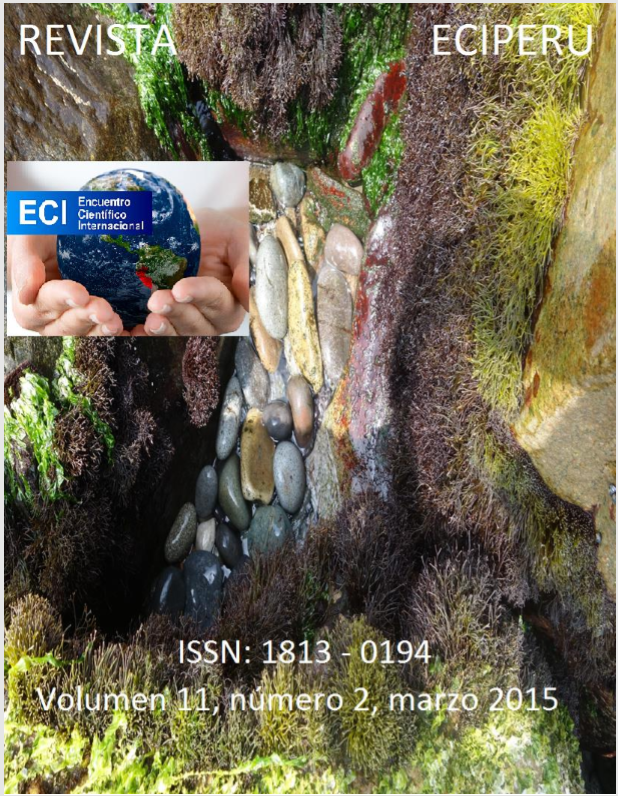Factores de riesgo relacionados con estilos de vida asociados a la progresión de cáncer de mama en una población atendida en un establecimiento de salud de nivel 3 de Lima Metropolitana
DOI:
https://doi.org/10.33017/RevECIPeru2014.0010/Keywords:
Breast cancer, social determinants, genetic factors, lifestyles associated-risk factors, modifiable factors, prospective study of cases and controlsAbstract
Worldwide, according to data published by the Center for Disease Control (CDC), malignancy neoplasms are presented as the second leading cause of death (185.1 deaths per hundred thousand inhabitants described in 2011) being barely surpassed by cardiovascular diseases. In Peru, this situation is not unfamiliar. Malignant neoplasm or cancer is considered, according to a report published in 2013 by the National Institute of Neoplasm Diseases (INEN), the second leading cause of death in the Peruvian population, with breast cancer, being the second most prevalent type of cancer and with high rates of mortality among women of all ages. Cancer is a problem that afflicts, in average, 45,000 Peruvians annually, according to the Department of Cancer Epidemiology of INEN, charging the burden of being a problem not only related to the progressive deterioration of health, but also impacting on the socio-economic aspect of each individual. Currently, 75% of cases of cancer diagnosis are detected at an advanced stage, which worsens patient prognosis in long-term, and therefore, leads to a lower quality of life, increased treatment costs, high likelihood of recurrence and metastases and an exacerbated increase in mortality. On the other hand, the social determinants that define the Peruvian population play an important role in the progression and development of cancer: Socio-economic disparities manifested as lack of access to health services in poor and remote areas result in a sub-diagnosis cancer status and blur the true extent to which it affects the Peruvian population, what causes only looking the tip of the iceberg and not the core problem. The Cancer Registry of Lima, initiative launched more than a decade ago by the INEN, registers patients diagnosed with cancer with at least 8 months of residence in the Peruvian capital, this registry quantifies epidemiological data in order to plan national strategies and policies, but which fails to reflect the national reality. According to the World Health Organization (WHO), 30% of cancers are associated with epidemiological risk factors, such as modifiable and non-modifiable factors that tend to increase the likelihood of developing the disease; those factors are primarily related with unhealthy lifestyles. Given that cancer etiology is multifactorial, in which the genetic factor and non-modifiable factors are inexorable, placing a greater risk to individuals of a certain age and ethnicity with a family history of genetic predisposition on certain proto-oncogenes, it should also be considered the aforementioned WHO idea, risk factors related to lifestyles that act as promoters or protectors in the onset and development of cancer. Because of the above, the main objective of the project is to determine the association of these risk factors related to lifestyle with the progression of breast cancer in patients treated in a health facility level III. Among the evaluated factors were taken into account: consumption of vitamin C and E, physical activity, parity, duration of breastfeeding, contraceptive use, alcohol consumption, smoking and exposure to X-ray. The project addressed a prospective cases (n = 264) and controls (n = 391) project through personal interviews with highly trained participants, for both cases and controls, for the collection and analysis of data carried. Finally, the results show that certain modifiable factors in the Peruvian population such as intake of vitamin C and E, physical activity and the number of children (p <0.05) would act as protective factors against the development of cancer and in contrast, previous benign diseases and family history (p <0.05) are presented as factors that promote the development of cancer.


